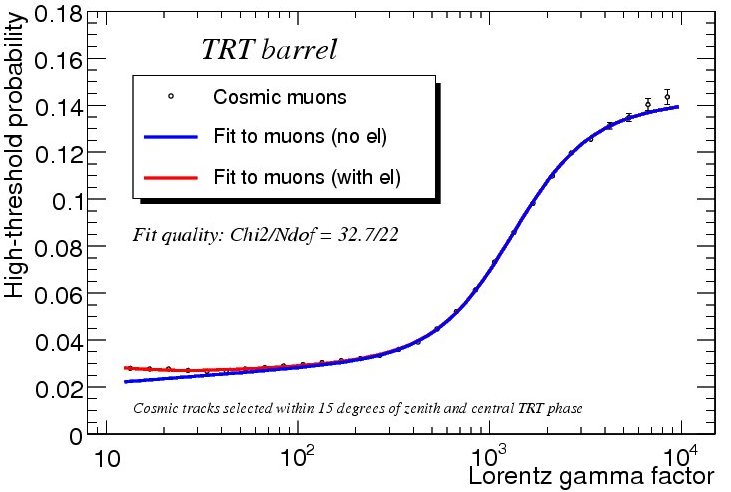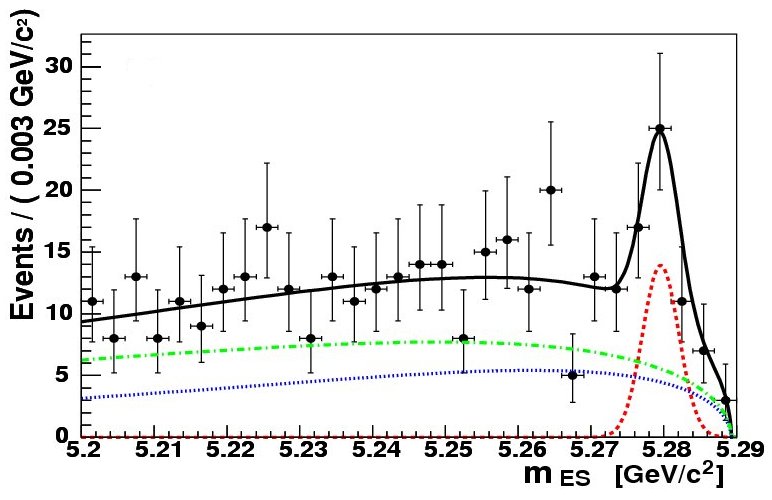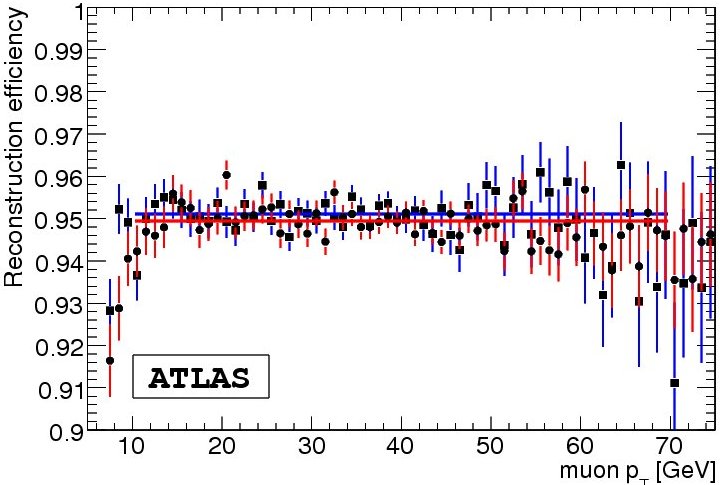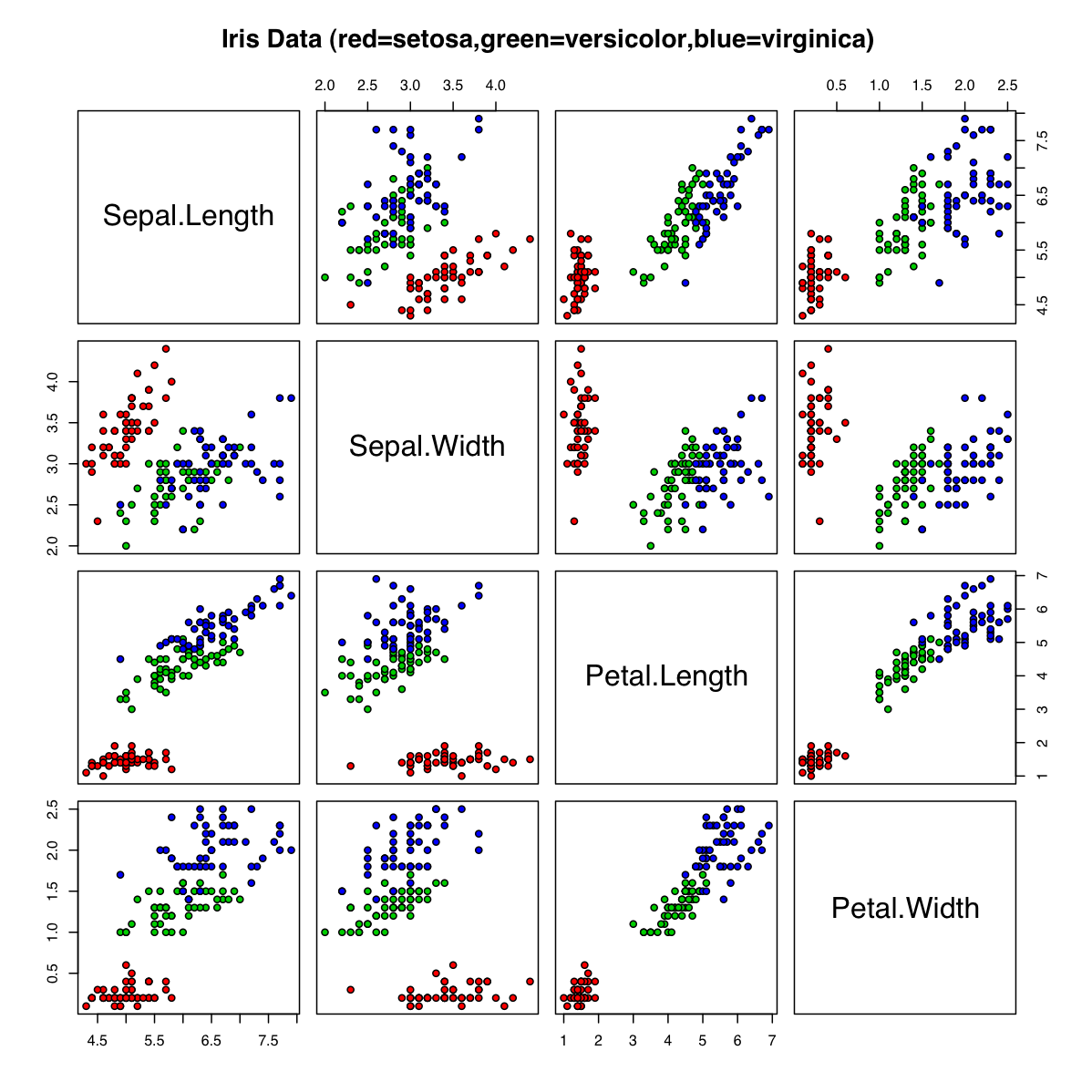Applied Statistics - From data to results (Fall 2010)
|
"Coincidences, in general, are great stumbling blocks in the way of
that class of thinkers who have been educated to know nothing of the
theory of probabilities (and statistics) - that theory to which the most glorious
objects of human research are indebted for the most glorious of
illustration." [Edgar Allan Poe, "The Murders in the Rue Morgue"] |
|
"This course overqualified me for a course on scientific
computing at Harward the following Summer." [Dennis Christensen (2009 course)] |
|
"I recommended this course to everyone I know." [Pernille Yde (2009 course)] |
|
"I don't think that you can rightly call yourself a physicist,
if you have not had a course of this type." [Bo Frederiksen (2010 course)] |
General information:
| Teacher: | Troels C. Petersen (NBI High Energy Physics (HEP)) (petersen |
| When: | Monday 9-12, Tuesday 13-17, and Friday 9-12 (Week Group B). |
| Where: | Monday Aud M + Cc3, Tuesday Aud M + Cc3, and Friday Aud M + Cc3. |
| Period: | Blok 1 (6th of September - 29th of October 2010), 8 weeks. |
| Evaluation: | Problem solving during class (20%), Projects (20%), Take-home exam (60%). |
| Exam: | Take-home (24 hour) exam given Thursday the 28th of October 2010 at 8:15. |
| Censur: | Internal evaluation (following the Danish 7-step scale) |
| Credits: | 7.5 ECTS (i.e. 1/8 academic years work). |
| Level: | Intended for students at 3rd - 5th year of studies and new Ph.D. students. |
| Prerequisites: | Simple mathematics and basic programming (any language). |
| Programs used: | Simple C++ and the CERN software ROOT. |
| Text book: | Roger Barlow: Statistics: A guide to the use of statistics. |
| Additional litterature: | Philip R. Bevington: Data Reduction and Error Analysis. |
| Glen Cowan: Statistical Data Analysis. | |
| Pensum/Curriculum: | The course curriculum can be found here. |
| Outline: | Graduate statistics course giving an advanced introduction to data analysis. |
| Course format: | Shorter lectures followed by computer exercises and discussion. |
| Key words: | PDF, Uncertainties, Correlation, Chi-Square, Likelihood, Fitting, Monte Carlo. |
| Language: | Danish (English if requested). |




Course format and outline:
The course will generally consist of (short) lectures followed by a computer problem solving session with program examples, which illustrates some of the points made in the lectures. They will usually be ROOT routines (see technicalities on setting up and running ROOT programs).
The course plan regarding reading, problem sets, projects, and final exam is given roughly below. Note that it is only an outline, and that it may change at any given time! For more information about the course format, outline, expectations, and other issues, here are a few slides.
Notes:
In addition to the text book and other litterature, some notes will be used during the course:
Problem sets, projects, and exam set:
During the course there will be two problem sets to be solved, two projects to be carried out, and a final take-home exam to be handed in, all of which can be found below (in due time):
Detailed course description:
The course will give students an introduction to and a basic knowledge of statistics. The emphasis will be put on practical data analysis, and examples and the use of computers will take the place of mathmatical proofs.
At the end of the course, the students should be able to analyze any given data sample, and be able to efficiently extract the information contained therein, which involves:
The course will cover: Basics of statistics, Distributions - Probability Density Functions, Error propagation, Correlations, Monte Carlo techniques, Statistical tests, Parameter estimation - philosophy and methods of fitting data, Chi-Square and Maximum Likelihood fits, Simulation and planning of an experiment, Confidence intervals, Data mining and techniques for separation, and The power and limit of statistics.
The best grade (12) will be given for mastering all the above concepts, while the lowest passing grade (2) will be given for the most basic understanding of statistics and data analysis (PDF, uncertainties, correlation, and Chi-Square fit).